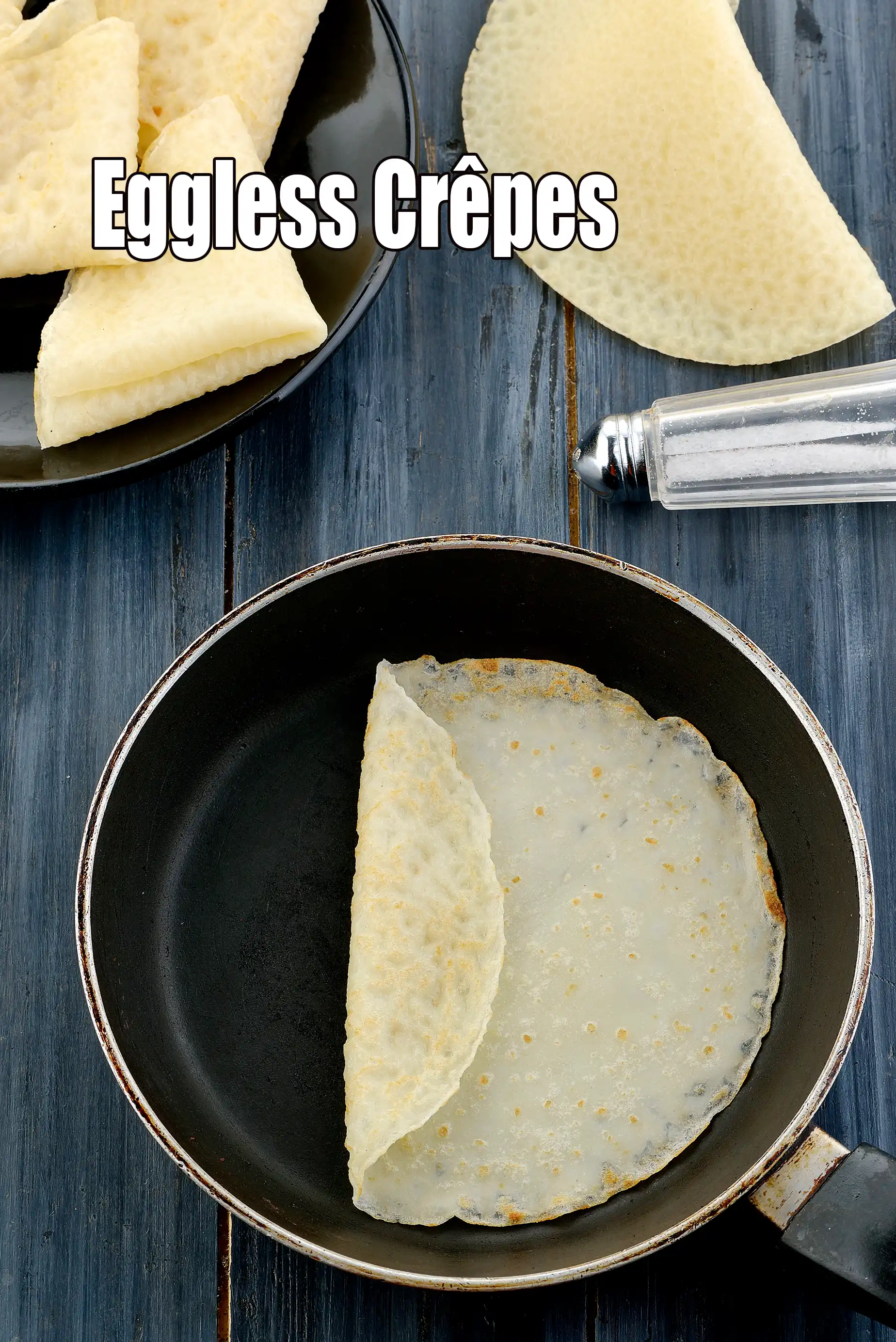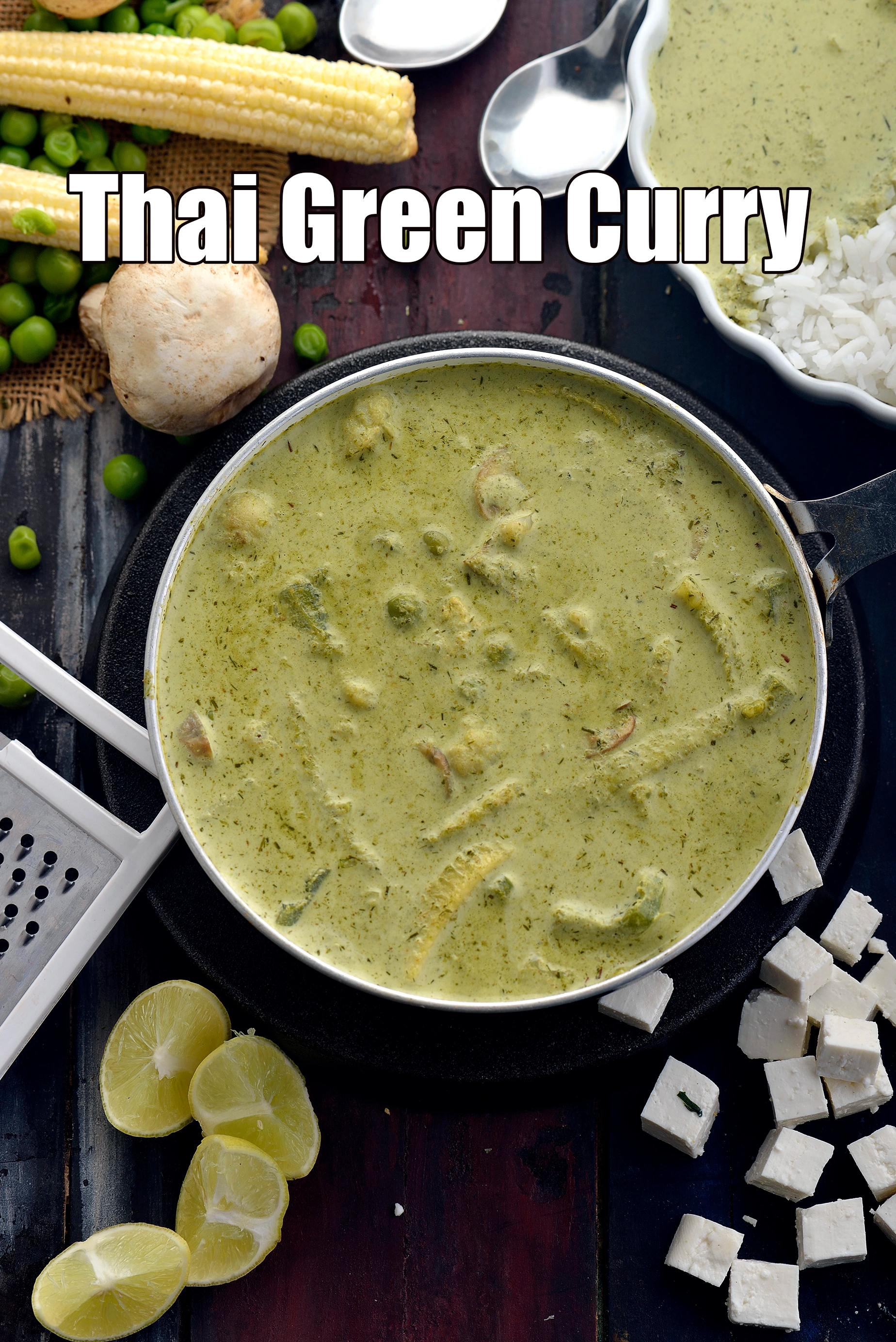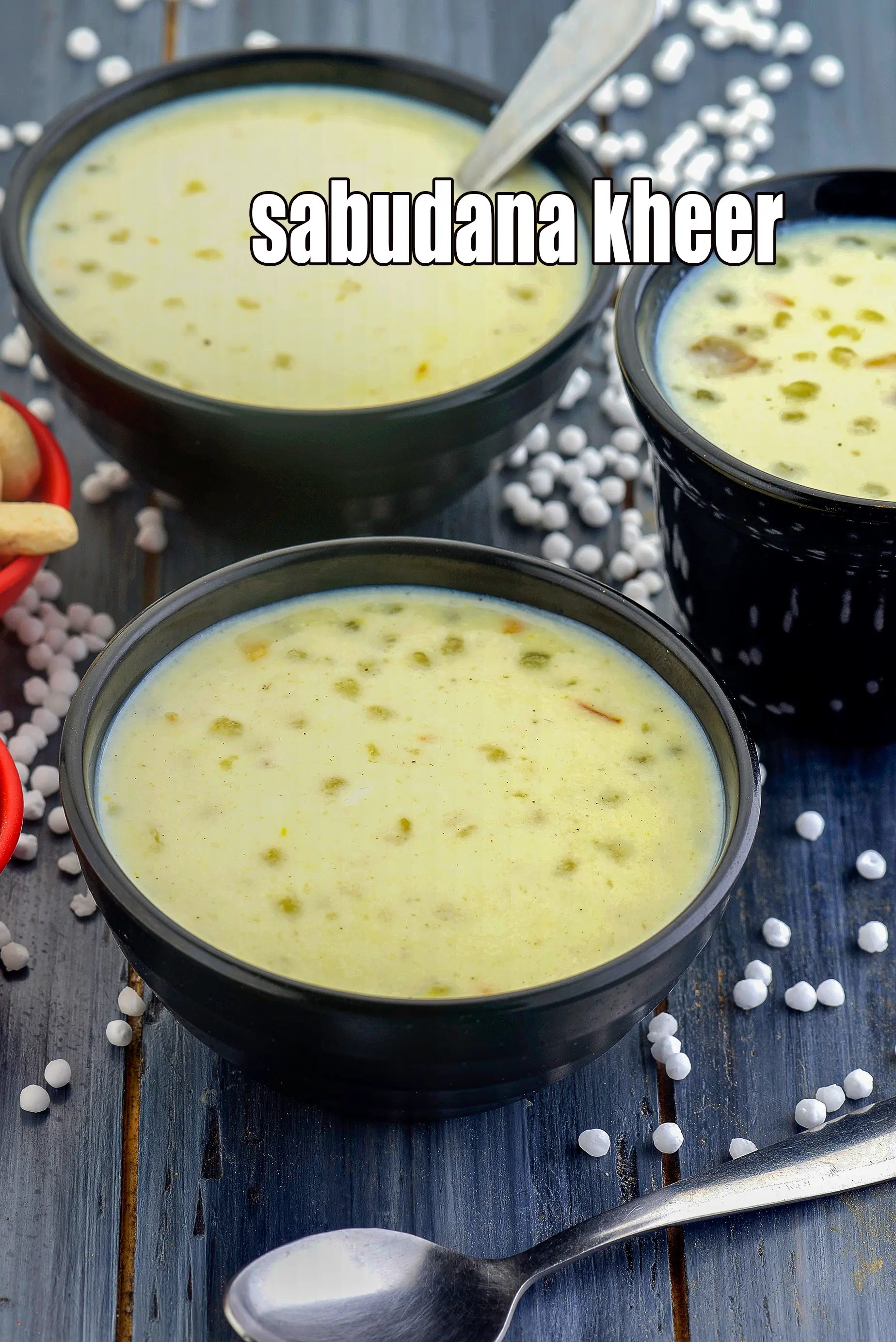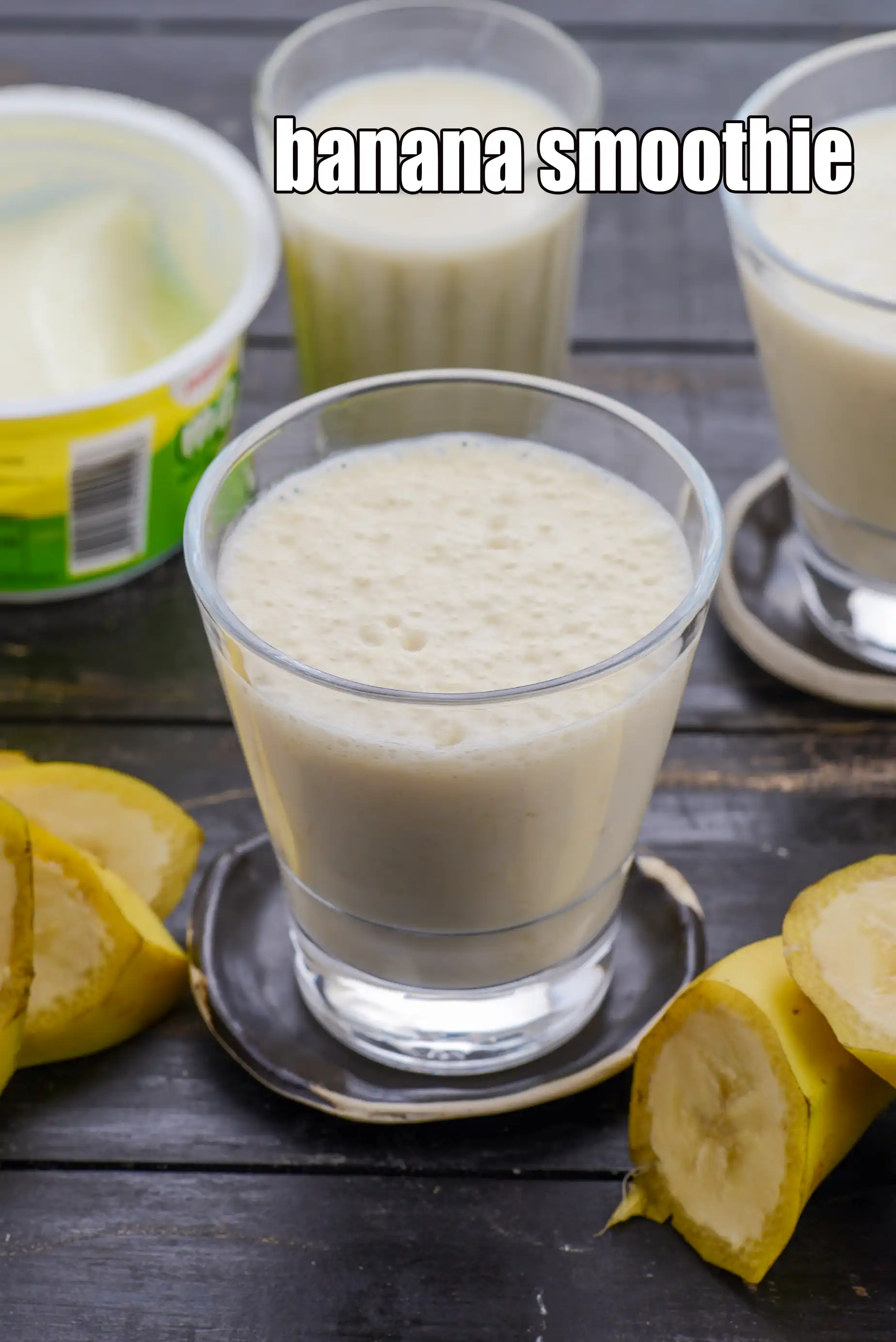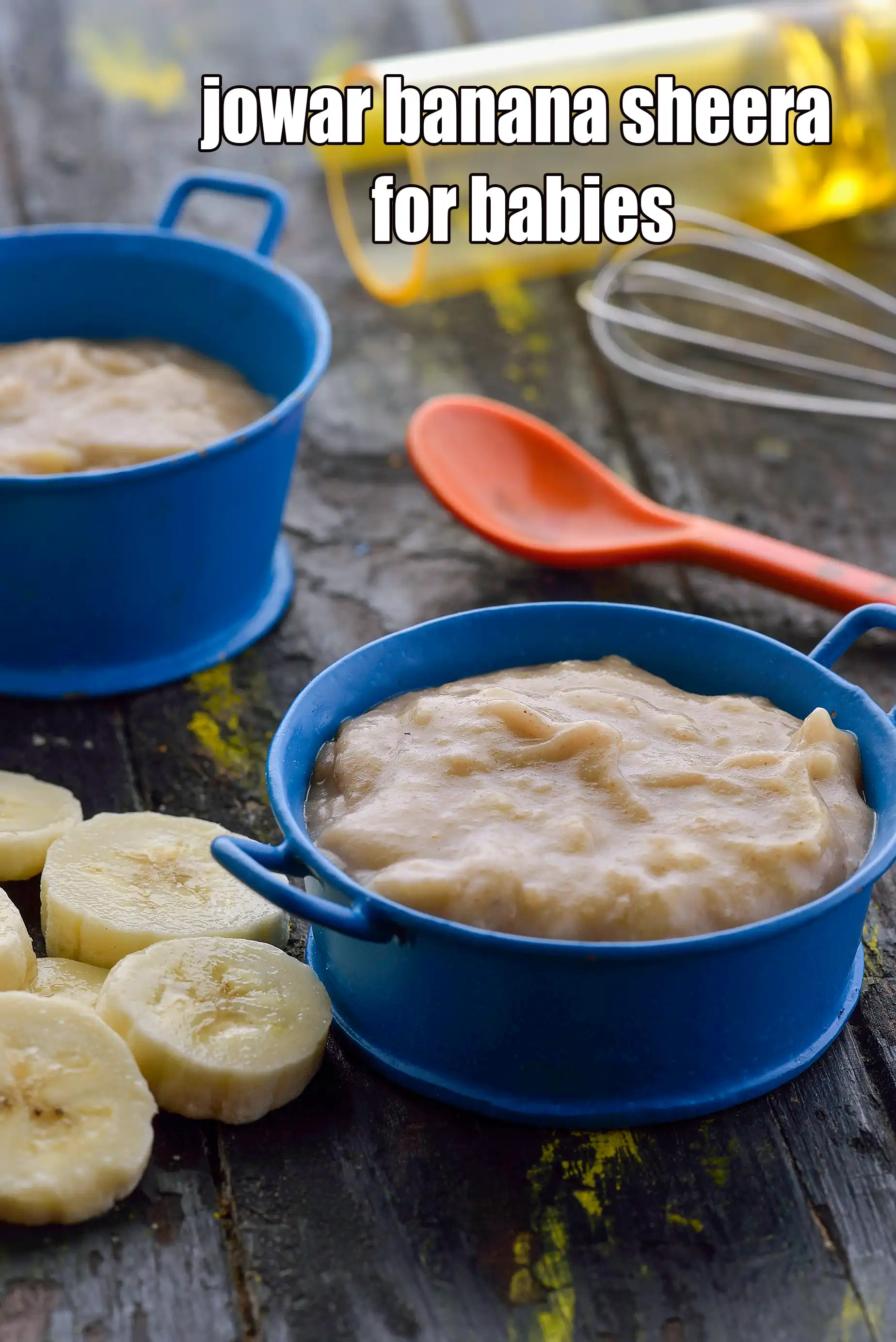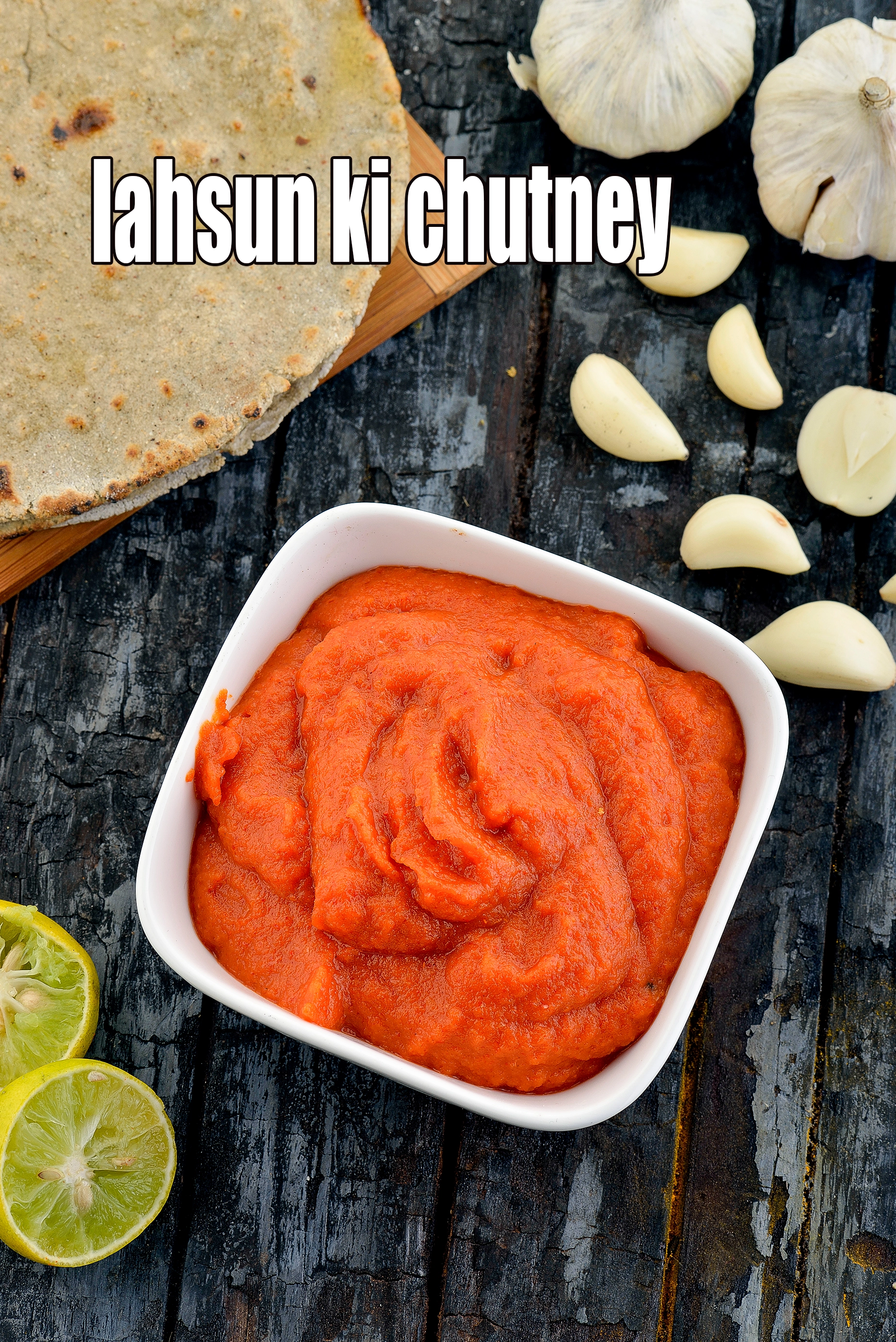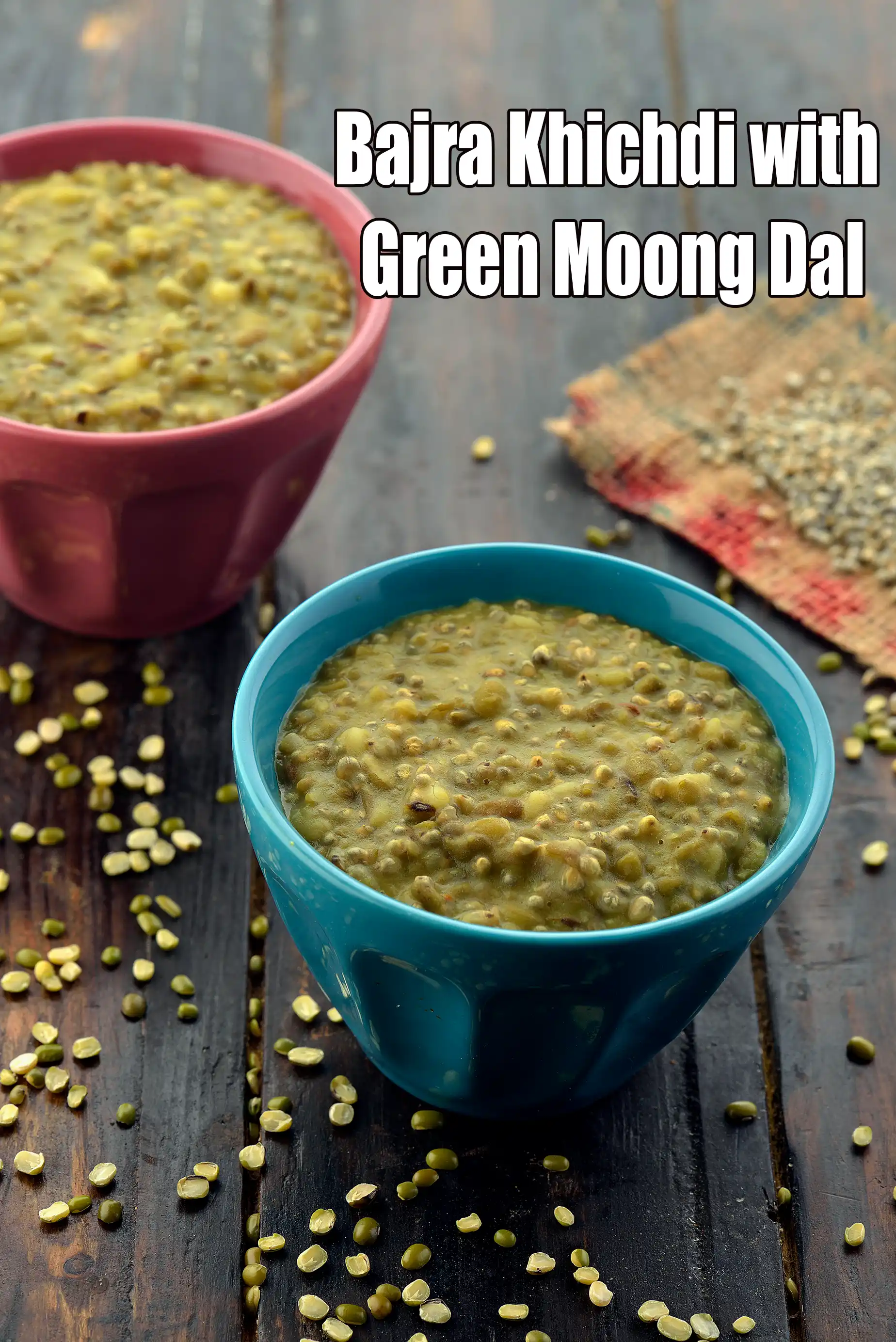brandy
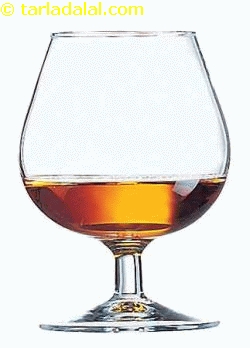
Also Known As
Brandywine, Brandewijn, Burnt wine
Description
The term Brandy comes from the Dutch word brandewijn, ("burnt wine"), which is how the Dutch traders introduced it to Europe from Southern France and Spain in the 16th century. They described that wine had been burnt/ boiled in order to distill it. It is a spirit made by distilling grapes. It generally contains 36%-60% alcohol by volume and is typically taken as an after-dinner drink.
Brandy is best had at around 16 °C. Some suggest that brandy should be warmed slightly before drinking it. This causes the vapours to become much stronger and the alcohol to become more liquid, an effect many people enjoy. However, since this would end up overpowering the subtle texture of brandy, many advise to treat it like any other wine and drink at room temperature or slightly cool. The various glasses which are used to have brandy are Brandy Balloon, Snifter or tulip glasses. To correctly pour your brandy into a snifter, lay the glass on its side, with the base and the bowl touching the table; pour the brandy till it just reaches the rim.
Brandy can be differentiated as Grape brandy and Fruit Brandy.
Grape Brandy: Grape Brandy is brandy distilled from fermented grape juice or crushed grapes. It is aged in oak casks which gives the brandy its characteristic aroma, colour and flavour. It is best drunk at room temperature. Often it is slightly warmed by holding the glass cupped in the palm. The heat of the palm is said to be enough to warm the brandy. Popular Grape brandy includes Cognac, Armagnac, etc.
Fruit Bandy: Fruit Brandy is the term for all Brandies that are made from fermenting fruit other than grapes. Fruit Brandies, except those made from berries, are generally distilled from fruit wines. The various fruits used to make fruit brandies are apples, berries, pears, plums, cherries, raspberries, blackberries, apricot etc. These fruit brandies usually bear a strong flavor of the fruit they represent and are often strengthened using fruit extracts or sweetening syrups.
They are best drunk chilled or topped with ice cubes. Popular fruit brandies include Kirsch (cherry base), Calvados (apple base), etc.
Regional Brandies
Cognac: Produced in the Cognac region of France, Cognac is by far one of the most well known brandies in the world. At least 90% of the grapes used must be of the Colombard, Ugni Blanc, or Folle Blance varieties, and it must be distilled in a traditional method using copper pots. Famous Cognac brandy varieties include Hennessy, Rémy Martin, and Courvoisier.
Armagnac: Produced in the Armagnac region of southern France, Armagnac is sought after, second to Cognac. The primary grapes used in making Armagnac are Ugni Blanc, Folle Blanche, and Colombard and distillation takes place in the unique alambic Armagnacais, a type of column still. The resulting brandy has to age further so that the rustic flavour mellows. Famous Armagnac brandy varieties include Delord, Laubade, and Baron de Sigognac.
Other regional brandies include Ouzo from Greece, Grappa from Italy, Pisco from Peru etc.
Brandy may or may not be aged in wooden casks. Most pomace brandy and some fruit brandies are not aged before bottling. Thus the resulting brandy is clear and colourless. Some brandies are aged in oak casks which give the brandy a natural brown or golden colour. Some brandies are aged using Solera system or are even coloured with caramel which ape the appearance of barrel ageing.
How to select
Since there are a variety of brandies to choose from, choose wisely. Check for the authenticity seal and the "years of ageing" before purchasing. The name of grapes or fruit used will be mentioned on the bottle, so one can recheck before purchasing. Cognacs, like many brandies, are rated by age: AC is aged in wood for two years; VS is aged for three years and often called three star; VSOP is "very special old pale", aged for five years, and also called five star; XO is aged for six years, and every brandy maker has its own name for this level - reserve, extra, paradis, and so on. Thus, check for these labels while purchasing.
Culinary Uses
· Brandy is best had on its own, especially during winters. It is served neat or "on the rocks". Various cocktails are prepared along with brandy. Few famous cocktails to name are Brandy Alexander, Brandy Sour and Blackbird.
· Use brandy for flambéed fruit recipes like flambéed apples, flambéed pears etc. Serve them with a fruit sauce, ice cream etc to make a complete dessert.
· Add flavoured brandy in cakes and pie fillings etc which will enhance the flavour of the baked recipe.
· Brandy is used as a common deglazing liquid for making pan sauces for meats etc. Left over "jus" from steaks, grilled meats etc is deglazed with brandy and served as a sauce with grilled meats.
· Brandy is consumed mainly as a digestive too ,mainly after a meal concludes.
How to store
Store brandy bottles upright. The high alcohol content could begin to break down the cork if it is stored on its side, like wine. Store in a cool and dry place.

Related Glossary
Follow US
Recipe Categories
- Vitamin B12 Cobalamin Rich Recipes 33 recipes
- Low Calorie, Weight Loss Indian Recipes 421 recipes
- Low Cholesterol Indian Recipes 308 recipes
- Healthy Indian Breakfast 372 recipes
- Indian Diabetic recipes 558 recipes
- Indian Pregnancy recipes 461 recipes
- Zero Oil Indian Recipes 133 recipes
- Iron Rich Indian recipes 267 recipes
- Healthy Indian Acidity recipes 133 recipes
- Healthy Sabzis 108 recipes
- Indian Healthy Veg Snack 276 recipes
- Healthy Heart Recipes 415 recipes
- Healthy Veg Indian Soups 74 recipes
- Calcium Rich Indian Recipes 372 recipes
- High Blood Pressure Indian Recipes 101 recipes
- Healthy Indian Salads Recipes 137 recipes
- Low Carb Indian Diet, recipes 161 recipes
- Hypothyroidism Diet 62 recipes
- Arthritis Diet 68 recipes
- High Protein Indian recipes 93 recipes
- Vitamin K Diet 42 recipes
- Fatty Liver Diet 30 recipes
- PCOS 136 recipes
- Gluten Free Veg Indian 195 recipes
- High Fiber 328 recipes
- Indian Cancer Patients 275 recipes
- Jaundice Diet 45 recipes
- Sprouts 61 recipes
- Typhoid 43 recipes
- Irritable Bowel Syndrome (IBS) 20 recipes
- Kidney Stone Diet 9 recipes
- Home Remedies 213 recipes
- Senior Citizen 195 recipes
- Healthy Indian Drinks and Juices 213 recipes
- Diet for Dialysis 10 recipes
- Gout Indian Recipes 17 recipes
- Potassium Rich 80 recipes
- Vegan 195 recipes
- Indian recipes to treat Vomiting 8 recipes
- Forever Young Diet, Anti Aging Indian Diet 255 recipes
- Vitamin B1 Rich Indian Foods, Recipes 101 recipes
- High in Omega 3 Fatty Acids 31 recipes
- Antioxidant Rich Indian 445 recipes
- Zinc Rich Foods 55 recipes
- Vitamin A Rich, Beta Carotene, Retinol 88 recipes
- Malaria Diet 18 recipes
- Healthy Indian Dinner 85 recipes
- Magnesium Rich 94 recipes
- Vitamin C Rich Indian recipes 118 recipes
- Low Veg Glycemic Index 86 recipes
- Lower Blood Pressure Salads 8 recipes
- Healthy Indian Lunch Recipes 29 recipes
- Lactation 25 recipes
- Vitamin E Rich 51 recipes
- Hyperthyroidism Diet 47 recipes
- Vitamin B3, Niacin Rich 41 recipes
- Post Surgery Diet 42 recipes
- Selenium 27 recipes
- Lower Blood Pressure Desserts Sweets 14 recipes
- Phosphorus Rich Indian Recipes, Foods 74 recipes
- Copper 15 recipes
- Foods Rich in Vitamin B2 Riboflavin 22 recipes
- Vitamin B6 Diet 36 recipes
- Vitamin B9 Rich Folate 50 recipes
- B Vitamins 231 recipes
- Marathoners, Endurance Athletes, Triathlete 225 recipes
- Manganese Diet 32 recipes
- Thalassemia 18 recipes
- Detox Water, Fruit Infused Water 42 recipes
- Lactose Free Dairy Free 22 recipes
- Omega 6 Fatty Acids 32 recipes
- Phytonutrients 51 recipes
- Chronic Kidney Disease Indian recipes 11 recipes
- Selenium1 0 recipes
- Quick Snacks / Quick Starters 385 recipes
- Quick Breakfast Indian 131 recipes
- Quick Sabzis 117 recipes
- Quick Rotis / Parathas 46 recipes
- Quick Indian Sweets 139 recipes
- Quick Stir-Fries 51 recipes
- Quick Vegetarian Indian Soups 72 recipes
- Quick Chutneys 67 recipes
- Quick Vegetarian Rice, khichdi Recipes 56 recipes
- Indian snacks under 10 minutes 44 recipes
- Quick Indian Dips, Gravies & Sauces 104 recipes
- Quick Veg Indian Pizza 17 recipes
- Quick Veg Pasta 25 recipes
- Quick Pickles / Aachar 25 recipes
- Quick Dals / quick Kadhis 29 recipes
- Snacks under 5 minutes 33 recipes
- Quick Healthy Recipes 43 recipes
- Quick Pressure Cooker 46 recipes
- Quick Desserts 47 recipes
- Quick 3 Ingredients 63 recipes
- Quick Indian Desserts 20 recipes
- Quick 4 Ingredients 41 recipes
- Quick 5 Ingredients 42 recipes
- Kids Tiffin Box 319 recipes
- Recipes for Toddlers (1-3 Years) 32 recipes
- Sweet Recipes for Kids 456 recipes
- Recipes for Baby (10 to 12 Months) 17 recipes
- Quick Indian recipes for Kids 72 recipes
- Indian Breakfast Recipes for Kids 192 recipes
- Recipes for Weaning (8 to 9 months) 22 recipes
- Healthy Foods for Kids 196 recipes
- Snack Recipes for Kids 619 recipes
- Recipes Kids can make 36 recipes
- Kids After School 794 recipes
- Kids Jar Snacks 66 recipes
- Finger Foods for Babies, Toddlers and Kids 76 recipes
- Kids Weight Gain 43 recipes
- Kids Wraps and Rolls 23 recipes
- Kids Veg Pasta 27 recipes
- Kids Brain Boosting 68 recipes
- Protein rich food for kids 69 recipes
- Recipes for Weaning 15 recipes
- Kids Pizzas 30 recipes
- Babies, Toddler and Kids Iron Rich Foods 31 recipes
- High Fiber Foods for Kids 39 recipes
- Kids Noodles 37 recipes
- Kids High Energy Indian Foods 103 recipes
- Kids Calcium Rich Indian recipes 91 recipes
- Babies recipes, 6 to 18 months 34 recipes
- Kids Recipes for Increasing Immunity 10 recipes
- Kids Weight Loss 58 recipes
- Teething Recipes for Babies 10 recipes
- Cereals and Pulses for 8 to 9 months Baby 8 recipes
- Weaning foods at 7 months 12 recipes
- Indian Teen 315 recipes
- Starters / Snacks 2138 recipes
- Indian Breakfast Recipes 819 recipes
- Main Course Recipes 925 recipes
- Indian Salads 385 recipes
- Indian Desserts , Sweets 985 recipes
- Indian Soups 249 recipes
- Indian Beverages, Indian Drinks 483 recipes
- Indian Dinner 903 recipes
- Indian Dinner1 0 recipes
- Indian Lunch 830 recipes
- Side Dishes 449 recipes
- Indian Travel Food 433 recipes
- Indian Barbeque1 recipes 22 recipes
- Frozen Foods, Indian Freezer Recipes 67 recipes
- Whole Wheat Recipes 56 recipes
- Indian Comfort Foods 212 recipes
- Dinner Menus 56 recipes
- Easy Indian Veg 70 recipes
- Innovative Indian Recipes 27 recipes
- No Cook Indian 37 recipes
- Advanced Recipes 10 recipes
- Cakes with Eggs 13 recipes
- Microwave 229 recipes
- Oven 619 recipes
- Indian Steamer Recipes 102 recipes
- Kadai Veg 407 recipes
- Indian Barbeque Recipes 43 recipes
- Sizzler tray 15 recipes
- Mixer 566 recipes
- Pressure Cooker 315 recipes
- Tava 646 recipes
- Non-stick Pan 1393 recipes
- Indian Freezer recipes, meals 57 recipes
- Appe Mould 18 recipes
- Pan 223 recipes
- Non Stick Kadai Veg 203 recipes
- kadai Indian 150 recipes
- Refrigerator 176 recipes
- Waffle Indian recipes 6 recipes
- Handi 12 recipes
- Juicer and Hopper 65 recipes
- Grill 31 recipes
- Toaster 21 recipes
- Gas Toaster 8 recipes
- Steam 72 recipes
- No Cooking Veg Indian 335 recipes
- Vegetarian baked Indian recipes 380 recipes
- Boiled Indian recipes 129 recipes
- Deep Fry 259 recipes
- Indian Tawa 266 recipes
- Shallow Fry Indian 25 recipes
- Microwave1 172 recipes
- Saute 273 recipes
- Indian Pressure Cooker 171 recipes
- Stir-fry 100 recipes
- Roasting 0 recipes

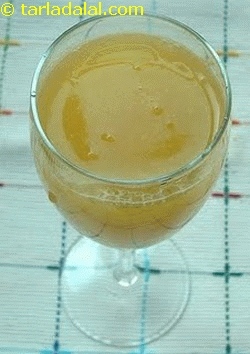

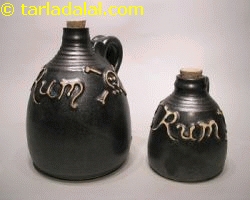
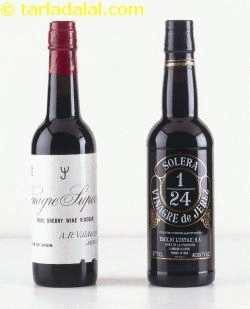
.webp)

